Opinion
“Medical” VS “Recreational” cannabis: what's the difference?
Published
2 years agoem

The terms “medicinal” and “recreational” tend to be used a lot in the cannabis business, but for those new to this world, understanding what separates the two is not always easy. Will it really be that different? And why, if the plant is the same? This article aims to reflect on cannabis beliefs, myths and terminology.
In this article, we will analyze what society means by “medical cannabis” and by “recreational cannabis”, including their differences and similarities, so that there can be a better understanding of the plant and its various uses.
Understanding cannabis terminology
For newbies to the cannabis world, getting in touch with all the terms used can sometimes be complicated and overwhelming. Terms such as “medical cannabis” and “recreational cannabis”, for example, are frequently used by the media as well as professionals or patients, although this does not mean that understanding and understanding these terms is something that simple. Understanding and knowing how to use the right terminology and existing in the cannabis environment is extremely important, because only then will it be possible to have reliable information and the transmission of ideas in a coherent way, both at the level of the plant itself and its various uses.
Ethan Russo's review
Ethan Russo, Neurologist, Pharmacologist and one of the world's best-known researchers of the cannabis plant, has already made it very clear that today there would be no medical cannabis if there had not been "recreational" use, and he even thanked an "underground army" of artisan growers that, over decades of prohibition, have developed hundreds of varieties illegally, so that today patients can benefit from them.

Ethan Russo at the LISBON MEDICAL CANNABIS 2018 conference. Photo: Renato Velasco / PTMC
Russo, who is currently the CEO of CreDO Science and medical director of the company Breeder's Best, said in this regard that the therapeutic potential of cannabis can be greatly enhanced by recognizing the unique properties that each of its cannabinoid and terpenoid components offers. For the physician and researcher, the breeding is the only solution to a number of problems plaguing the cannabis industry, most notably the lack of diversity in chemovars (varieties) of cannabis, which result in a material that lacks quality control and is far from being the most suitable for its purpose.
“These should be the goals of all cannabis companies, and we can help achieve them through the efforts of what has hitherto been an 'underground army' of cannabis-breeding artisans,” added Russo, who further stressed that “consumers of cannabis, whether they use it for medicinal or recreational purposes, deserve no less, and that can only happen when the material they buy is of known composition and provenance, with background analysis and safety test data as documentation. It is our mission to make cannabis safer and better,” said Ethan Russo.
What are the differences between medicinal and recreational use?
There are several misconceptions surrounding the differences between medical and “recreational” cannabis, which naturally stems from the prejudice and stigma associated with the consumption of this ancient plant. Below, we'll tackle some of the “myths” and demonstrate what really makes the difference in some of the most relevant aspects of cannabis.
cannabinoid content
Many believe that the biggest difference between “medical cannabis” and “recreational cannabis” is in the ratio of cannabinoids present or their amounts. This is largely due to the excessive marketing of CBD-rich products as being “medicinal”, but the truth is that any of the cannabis strains and the most varied cannabinoids can be used for therapeutic or more holistic purposes, since many of the cannabinoids have already been or are being studied for their properties and potential in clinical applications.

Many people still believe that only CBD has therapeutic effects, which could not be more wrong.
There is also a somewhat widespread belief that only CBD is “medicinal” and that THC is only for psychotropic effects, which is completely wrong. The myth that “medical cannabis” has to be rich in CBD is totally unfounded and reveals ignorance, once again associated with prejudice. In fact, for years, many cannabis seed banks and some dispensaries have also identified their CBD-rich products as “medicinal” and those with a higher THC content as “recreational”. However, new research and greater knowledge about cannabis has shown us that THC, CBG, CBC, CBDV, THCV, and many other cannabinoids, as well as terpenes, have great clinical potential, as much or more than CBD itself. , depending on the pathologies to which they apply. Historically, “recreational cannabis” strains have been bred to achieve higher concentrations of THC. This is because, for a long time, it was believed that THC was the only active ingredient in cannabis that was of interest, hence many breeders have only focused on creating varieties rich in this cannabinoid, without paying much attention to other cannabinoids and/or terpenes.
However, and thanks to new research, this mentality has been changing and the varieties of "recreational cannabis" are also starting to show interest in other cannabinoids and their amounts, in addition to the most famous, THC.
purpose of use
This is arguably the biggest distinction between the two terms, the purpose for which people use cannabis. The so-called “medical cannabis”, in general, is used to relieve symptoms associated with chronic or acute conditions and pathologies. However, and although nowadays there is an increasing tendency to broaden and accept the use of cannabis in a medicinal way, it is important to remember that in places where there is a legal market for medicinal purposes, there is always a definition of what it is and how the medicinal use of the plant is constituted and defined.

In Portugal, Infarmed approved in 2019 the medicinal use for seven pathologies, but only one drug (Sativex) and flowers with 18% THC are available in the pharmacy.
Many governments only recognize the medicinal use of cannabis for a short list of ailments that can be treated with cannabis. In Portugal, for example, the use of preparations and substances based on the cannabis plant for medicinal purposes is approved for seven indications, in cases where it is determined that conventional treatments have not produced the expected effects, namely: chronic pain (associated with oncological diseases or the nervous system); spasticity associated with multiple sclerosis or spinal cord injuries; nausea and vomiting (resulting from chemotherapy, radiotherapy and combined HIV therapy and hepatitis C medication) and appetite stimulation in palliative care of patients undergoing cancer treatments or with AIDS.
In the case of countries such as Germany, Argentina and Chile, there are more liberal policies regarding the use of cannabis for medicinal purposes, with more comprehensive lists of pathologies and symptoms that can be treated with cannabis derivatives.
In any case, in most countries with a program for the medical use of cannabis, patients are required to specify the condition they suffer from and for which cannabis use is intended, which is, as a rule, accompanied by prescriptions and /or medical prescriptions.
Generally, “recreational cannabis” is understood as cannabis that is used for fun or pleasure, as opposed to alleviating/treating a specific condition or symptom. In places where adult cannabis use is legal, “recreational cannabis” is regulated and sold in a similar way to alcohol, tobacco, or another type of legal drug considered “recreational”.
Fortunately, nowadays, we are lucky enough to live in an era of rapid change when it comes to cannabis and the stigma is falling with each passing day, with the myths associated with the use of the plant being shattered. Many professionals and activists today claim that all consumption is considered medicinal, whether it is done consciously and prescribed by specialist doctors or simply through self-consumption for more recreational purposes.

The recreational use or pleasure associated with the consumption of substances is still seen as a “sin” by the most conservative people.
Deep down, isn't a person who feels less stressed, or more relaxed when using cannabis, already making a therapeutic or medicinal use of the plant? If a person sleeps better after using cannabis, despite not having been prescribed by the doctor, does it have to be put inside the “recreational” bag? And the person who uses cannabis to combat the adverse effects of chemotherapy, for example, cannot laugh or feel better if they feel the psychotropic effects of THC? There is also a very “Catholic” view associated with consumption, which condemns the pleasure that comes from the use of a certain substance, considering its use as “a sin”.
Accessibility
Another big difference between “recreational” and medicinal has to do with how accessible the products are. This is where the terminology used has a big impact on legality and, consequently, the concentration and amount of cannabinoids.
Generally speaking, there are more places that allow medicinal use of cannabis than those that are limited to adult use. In California, for example, cannabis patients are allowed to have and grow many more cannabis plants than those intended for recreational use. Some dispensaries have counters and service areas, as well as different products for medical and recreational users. There are also states that only recognize cannabis for medicinal purposes those varieties that are rich in CBD and low in THC.

In Canada, Uruguay and the USA, dispensaries sell cannabis for whatever purposes the customer wants to obtain, with a wide variety of choice depending on the user's preferences.
Outside the US, some countries make clear distinctions between “recreational cannabis” and “medical cannabis” and regulate access to each differently. In the Netherlands, cannabis for medical purposes is sold through pharmacies to patients with medical prescriptions and is subject to the Dutch Medicines Act (Dutch Medicines Act), as well as strict regulations regarding cultivation and marketing, something similar to what is currently happening in Portugal. “Recreational cannabis”, on the other hand, can be marketed in small quantities in coffee shops or dispensaries, and while there is nothing to stop a cannabis patient from purchasing their products at a coffee shop rather than a pharmacy, it is important to recognize that cannabis products sold in coffee shops/dispensaries are not subject to the same regulations and production processes and quality control as tight as those sold in pharmacies.
Just as in the US there are more states with regulated cannabis for medical purposes than recreational ones, the same happens all over the world. However, things are slowly changing, as more governments are choosing to change their cannabis policies.
For places without access to dispensaries, coffee shops, associations and cannabis clubs, as a rule, obtaining cannabis is based on street purchases and the illicit market, as it has always been, and this, of course, always carries its risks, from the lack of control of the products to the quality of the same and all the risks of contacting a dealer who sells a little bit of everything and not just cannabis.
Farming
Growing cannabis is, in a way, something quite simple and linear. Cannabis plants can be quite hardy and grow under a variety of conditions, even when those conditions are not “recommended”. However, cannabis growers at a more professional level, as a rule, end up using more specialized equipment, making a rigorous control of the growing conditions and using a variety of nutrients and supplements in order to ensure a cultivation with quality and quantity in the that comes to the final product.

Self-cultivation is an easy, safe and economical way to obtain quality cannabis for any purpose, but it can have risks in some countries as it is not yet regulated.
Generally speaking, the cultivation of cannabis for medical purposes is subject to far more restrictions and control processes than cannabis for recreational purposes. In places where the cultivation of cannabis for medicinal purposes is legal, they end up treating cannabis like any other type of medicine, which means strict regulations and controls in terms of quality, potency and production, complying with GMP standards – Good Manufacturing Practices.
Again, we can look at some examples of what currently exists, for example in the case of the Netherlands, where the cultivation standards for the medical and recreational industry follow completely different standards, namely the fact that what is sold in coffee shops it is not mandatory to go through quality control processes as rigorous as products intended for the recreational market, since there is no legislation that obliges this to be done.
On the other hand, “medical cannabis” is required to comply with a series of regulations and standards established by the Dutch government under the remit of the Dutch Medical Cannabis Office (Dutch Office of Medicinal Cannabis – WTO). All “medical cannabis” sold under Dutch legislation must be grown according to very specific guidelines and supervised by the WTO, and must also undergo regular quality control tests by certified laboratories.
Some places where cannabis is legal, both recreationally and medicinally, take different approaches compared to the Dutch model described earlier. Places such as Canada, the US and Uruguay are putting a lot of emphasis on producing “recreational cannabis” following quality and production standards similar to medical cannabis.

The cultivation of cannabis for medicinal purposes complies with very strict quality, stability and safety criteria.
After all, “recreational cannabis” grows in the same way as “medical cannabis”, although government laws relating to cannabis cultivation and the quality and control standards they must meet vary dramatically. While “medical cannabis” needs to follow very strict quality standards, “recreational cannabis”, in most cases, does not need to have such tight controls, which could lead to it being sold with more contaminants, pesticides or cultivated. using fertilizers and/or more aggressive pest control methods. There may also be fewer restrictions on the processing, packaging and transport of “recreational cannabis” compared to “medical cannabis”.
CONTROL
In the field of quality, debates rage over the differences between medical and recreational cannabis, and indeed, there are quite a few variables that can be taken into account.
With “medical cannabis” subject to strict restrictions, controls and regulations, some people argue that medical cannabis will be better quality than recreational cannabis. Whether or not this is true is highly debatable.
In 2006, Arno Hazekamp, a Dutch researcher, published a study analyzing the quality differences between medical-grade cannabis, supplied by the only authorized supplier of medical cannabis in the Netherlands, Bedrocan, and recreational-grade cannabis purchased from coffee shops. The study concluded that, in terms of potency and water levels, the differences between the two types of cannabis were negligible.
However, the “medical cannabis” and “recreational cannabis” samples showed substantial differences in the following:
- Dry weight: many of the coffee shops they falsified the weight of the cannabis samples they sent (in some cases a difference of several grams);
- Contaminants: Cannabis purchased in coffee shops showed significantly higher results for mold and bacteria, which could be considered a health risk, especially when cannabis is then heated and inhaled.
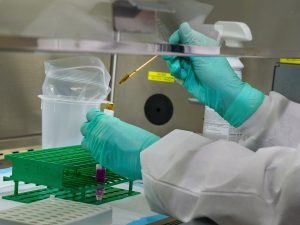
The pharmaceutical industry faces the challenges of treating a plant like a drug
The study carried out only took into account samples obtained in the Netherlands, a country where legislation regarding “recreational” cannabis is practically non-existent. In countries such as Canada and the USA, some stricter quality control standards are beginning to be applied to so-called “recreational” cannabis.
As more is learned about cannabis, consumers themselves begin to gain more interest in the quality of the products they consume. Demand for higher quality products is known to increase rapidly in places where adult cannabis use is legal, and as a result the quality gap between medical and recreational cannabis is getting smaller and smaller in these places. In places where recreational cannabis remains illegal and access to products continues to be made through the illicit market, it is virtually impossible to try to establish any kind of quality standards, as it is never possible to verify the veracity of the information that is passed between the parties involved.
Varieties
There are thousands of varieties, or cultivars, of cannabis. Depending on the intentions of each seed bank or breeders, the varieties used for medicinal purposes offer unique amounts of cannabinoids and terpene profiles, with the aim of helping the best possible in the most diverse pathologies.
Often, the plants used turn out to be those that produce much more resinous flowers, which make them more suitable for obtaining extractions to make oils, tinctures and the most varied concentrates that can be obtained from the plant. As with the “medical cannabis” varieties, the most diverse varieties are also available for “recreational cannabis”. Although most were created with the aim of achieving a high THC content, the breeders are increasingly amplifying and diversifying their selections, in order to also produce varieties rich in CBD, CBG, THCV and so on.
Although the profile of each variety can vary tremendously, all plants aim to provide well-being and a pleasant and positive experience in their use, whatever the user's intention when consuming it.
Which one is the best or the legitimate one?
In reality, there is no better or worse, legitimate or illegitimate, when it comes to comparing medical and recreational cannabis. The choice turns out to be something more personal, depending on the context and situation of each person and how they intend to use it, without forgetting the laws in force in each country.

We can even try to differentiate the types of use, but the plant will always be the same
If you are looking for a solution to alleviate the symptoms resulting from health problems, the recommendation will always be to contact a specialist doctor or health professional, in order to obtain the right follow-up and the best form of treatment. If the intention of use is more at the level of well-being or more “recreational” personal consumption, it is recommended that the origin of the cannabis is as reliable as possible, avoiding the use of dealers or products of dubious origin. Despite the risks, self-cultivation is perhaps the best way to obtain cannabis for personal consumption, as it allows full control of varieties and quality.
What to retain at the end of all this?
There is only one cannabis plant. “Medicinal” or “recreational” turn out to be terms that are too vague and are often used incorrectly, since, in essence, the plant used for any of the purposes is exactly the same, with only the perception and social acceptance varying. its use. Basically, their differences will be more at the level of standards and rules of quality and cultivation, which will have to be followed depending on the purpose and target market of the final product, bearing in mind that, in the ideal world, these standards should be identical for any type of user, as Ethan Russo made clear.
Hence, it is often said that “there is no medical or recreational cannabis, there is use for medicinal or recreational purposes,” since it is based on the type of use that is made and what is intended in terms of effects. that then everything else ends up being established.
______________________________________________________________
João Xabregas is a professional Technical Drawing in CAD, self-taught, activist and defender of cannabis, the most persecuted plant in the world, for which he has a huge passion. Always willing to have a good conversation about the world of cannabis, whoever it is, João also tests and analyzes products related to cannabis culture, to make them known to those who want to know more about them.
____________________________________________________________________________________________________
[Disclaimer: Please note that this text was originally written in Portuguese and is translated into English and other languages using an automatic translator. Some words may differ from the original and typos or errors may occur in other languages.]____________________________________________________________________________________________________

What do you do with €3 a month? Become one of our Patrons! If you believe that independent cannabis journalism is necessary, subscribe to one of the levels of our Patreon account and you will have access to unique gifts and exclusive content. If there are many of us, we can make a difference with little!
-
João Xabregashttps://cannareporter.eu/author/joaoxabregas/
-
João Xabregashttps://cannareporter.eu/author/joaoxabregas/
-
João Xabregashttps://cannareporter.eu/author/joaoxabregas/
-
João Xabregashttps://cannareporter.eu/author/joaoxabregas/
Related News
-


CBG: a promising biomarker to detect recent cannabis use
-


Tej Virk has a message for the Portuguese Government: “Legalize it before Germany!”
-


We tested Lynx Hemp's CBD flowers
-
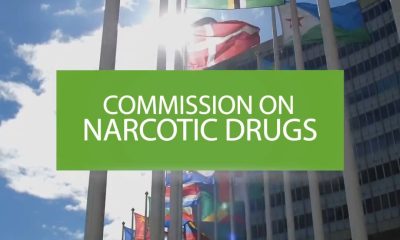

Understanding the UN System & Our Role at CND67 - Midterm Review
-


Elena Battaglia, Veterinarian: “I have cancer patients who were expected to die two years ago and are still alive”
-
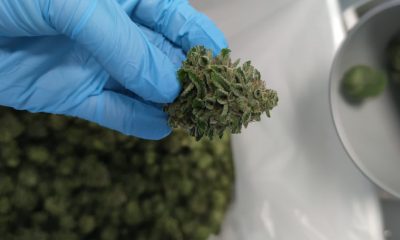

Medicane obtains GMP license from Infarmed in Campo Maior

Mais recentes


Álvaro Covões, who acquired land from Clever Leaves, says he has “no interest in growing cannabis”
At the beginning of April, we reported that Álvaro Covões, founder and CEO of 'Everything is New', had purchased the land where he was located...


Portugal's regulatory advantage in the cannabis industry
In the dynamic landscape of European cannabis cultivation, Portugal has emerged as an interim leader. Although it shares many natural advantages with...


ICBC Berlin shines again. It's the beginning of a new era for the cannabis industry in Germany
ICBC Berlin was the first major international cannabis conference to take place after the legalization of adult use in...


USA: Mike Tyson products recalled for mold contamination
California authorities have issued a mandatory recall notice for two products from Mike Tyson's cannabis brand,...
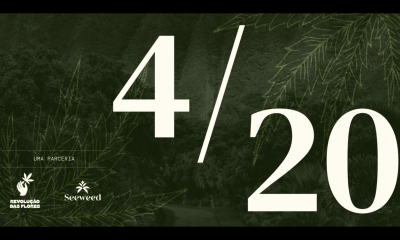

4:20 is coming and there are celebrations in Porto and Lisbon
The date for celebrating cannabis culture is approaching! This Saturday, April 20th, is the day when...


Paul Bergholts, alleged leader of Juicy Fields, detained in the Dominican Republic
Paul Bergholts, the alleged leader of the Juicy Fields pyramid scheme, has been detained in the Dominican Republic and will be subjected to...


Cannabinoids reveal promising results in the treatment of Borderline Personality Disorder
An investigation carried out by Khiron LifeSciences and coordinated by Guillermo Moreno Sanz suggests that medicines based on...
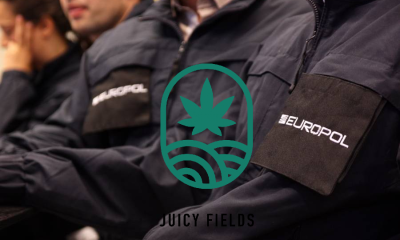

Juicy Fields case: 9 detained by Europol and Eurojustice. Scam exceeds 645 million euros
A joint investigation conducted by several European authorities, supported by Europol and Eurojust, culminated in the arrest of nine suspects...


Regular cannabis users may require more anesthesia during medical procedures
Regular cannabis users may require more anesthesia during medical procedures to remain sedated compared to...


The future of CBD in Japan: How legal reforms will shape the market
Late last year, Japan took a big step towards cannabis reform after approving...




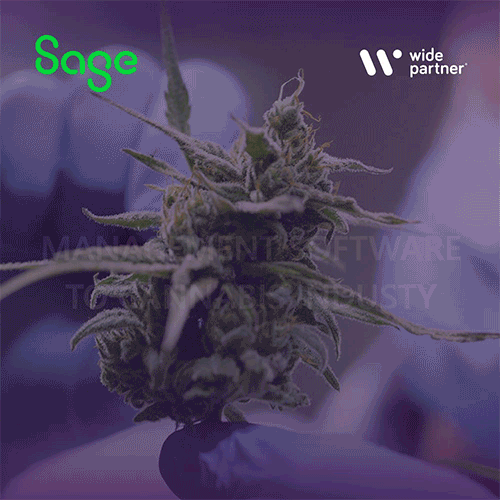

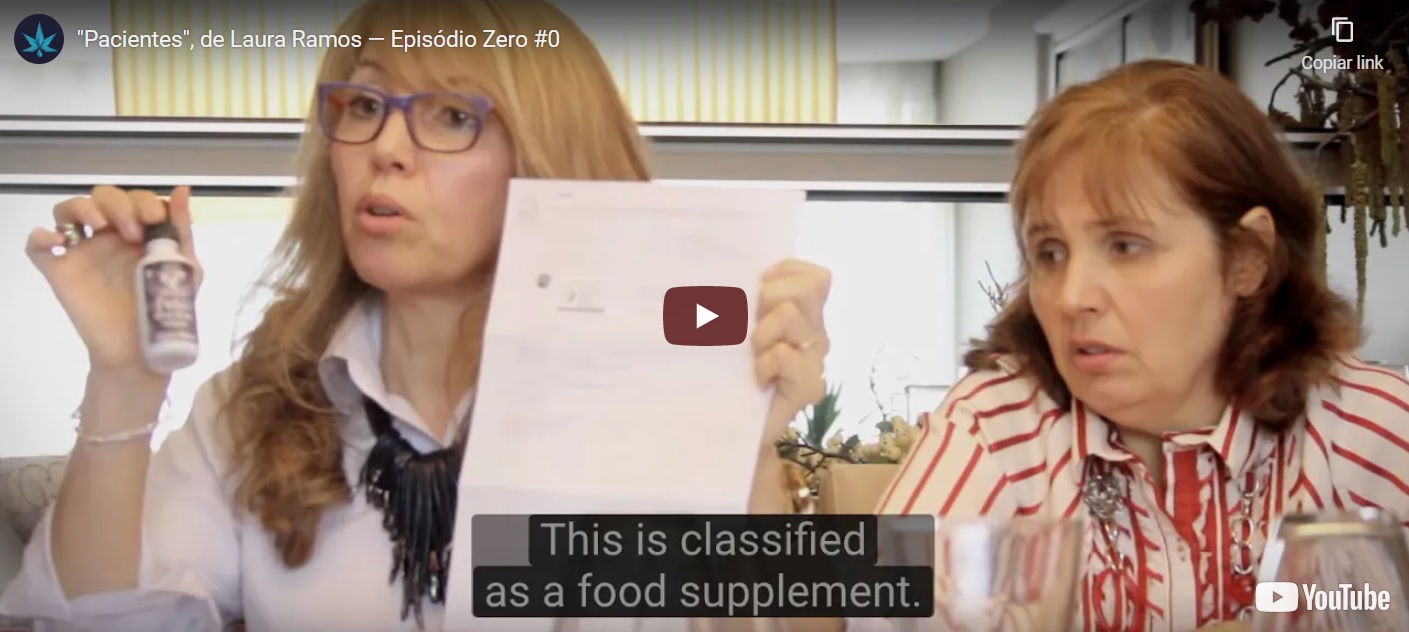
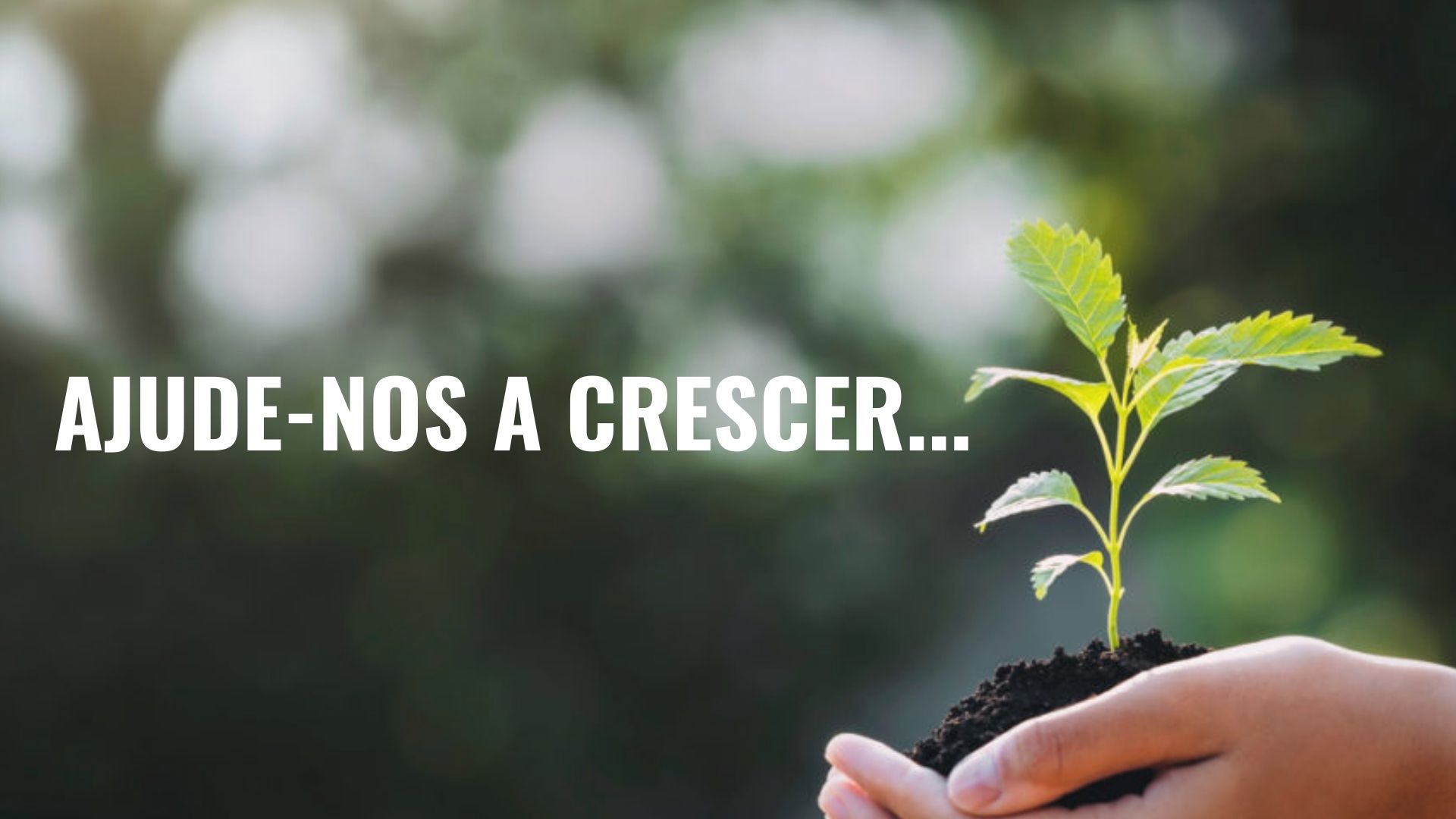
[…] after we have covered the main differences between “medical” and “recreational” cannabis, let’s now try to understand the different ratios of the main cannabinoids: CBD (cannabidiol) and […]